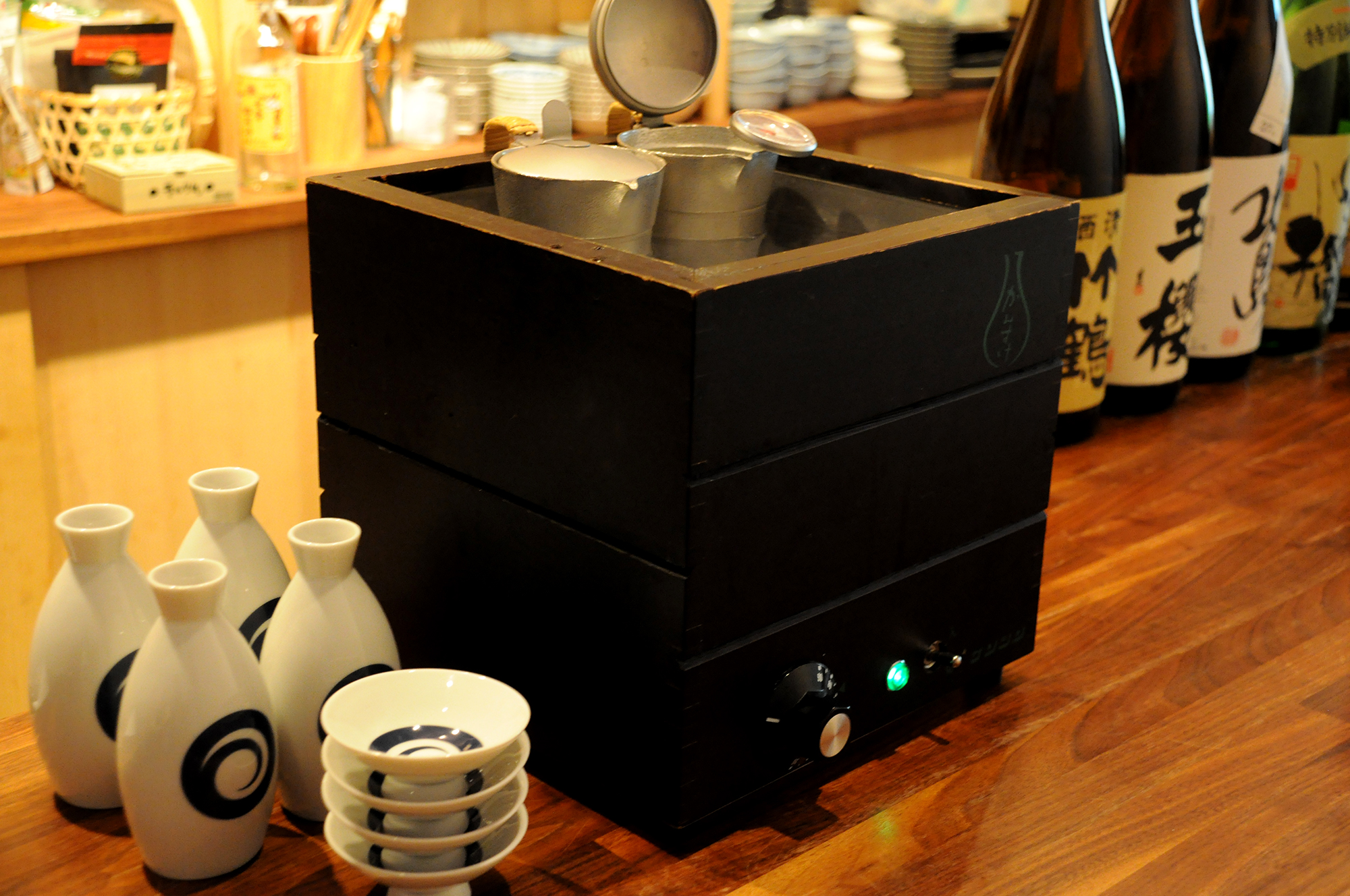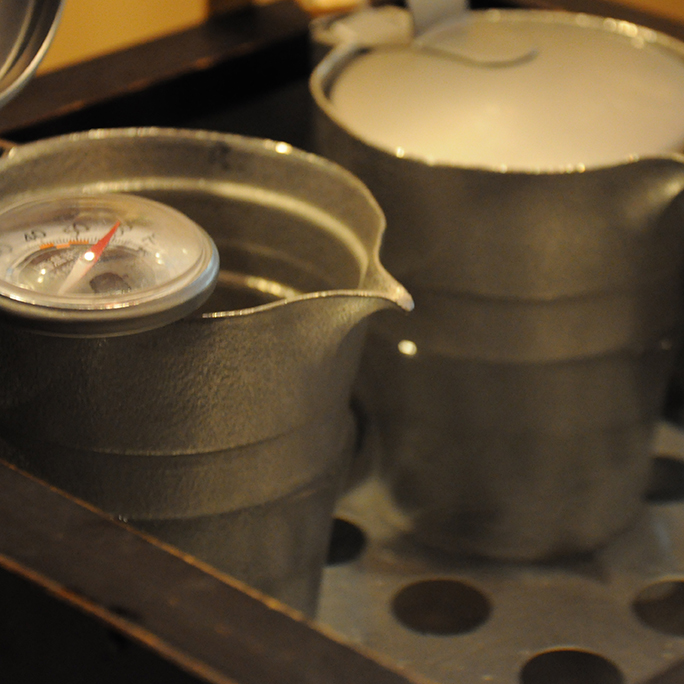Sake Fundamentals 3
Seeking the Perfect Hot Sake
Tip #2: Find a Sake Bar You Can Trust

AuthorToru Sakazaki

In our last article, we recommended that if you want to experience truly delicious hot sake (okan or kan-zake), you should look for junmai (pure rice) sake. While this is true, there is more to it than this—we cannot simply treat all junmai sake the same. Until you become more familiar with sake, you may need some help to identify the best junmai sake, and heat it in the most appropriate way. The best way to do this is to find a good sake bar that can help you experience o In other words, you will need to find a good place to help you experience kan-zake as it was meant to be experienced.
In a previous article, we mentioned that these days, there are many types of sake brewed based on the assumption that they will be served chilled. Sake bars that specialize in these types of sake may only serve chilled sake. While there is nothing wrong if this is their speciality or their policy, I believe it’s something of a shame to only appreciate one side of sake. The best sake bars are those that can serve you delicious hot sake (kan-zake).
One piece of advice would be to avoid any bar, pub, or restaurant that lists only atsukan (熱燗, lit. “hot sake”) on the menu, without showing the individual name(s) of the sake they serve. This is often a reflection of the attitude that all hot sake is the same, which couldn’t be further from the truth. There are so many varieties of sake each possessing their own unique traits, and enjoying these differences is one of the true joys of being a sake fan. Ignoring all this and grouping all hot sake together as “atsukan” is a good sign that the establishment is not particular about the sake they serve, and should be avoided if you’re looking for good sake.

There are other things you’ll want to look out for. Even if the place has a good kan-zake selection, they may heat it in a less-than-ideal way. If the establishment is not particular about okan, they might heat your sake in a microwave. If you hear the telltale “ching!” of a microwave, or if the hot sake you ordered is delivered to your table in a matter of seconds, this is unfortunately bad news. Microwaves heat the sake so rapidly—and unnaturally—that rich flavors and the subtle balance of the original sake can be lost. More than this, using a microwave to heat sake with no thought or care shows that the establishment does not put effort or care into the sake that they serve. Places like this are best avoided.
So, what is the ideal way to head sake? There are actually specific tools for the task. There is a special piece of cookware called the douko (boiler) or yusen (double-boiler), in which a tokkuri (sake carafe) is placed into a bigger pot of hot water and heated indirectly. If you see a square-ish pot on the bar counter filled with steaming hot water, this is a very good sign. Stop into a place like this, and you’re almost guaranteed to have a superb kan-zake experience, as the sake-loving proprietor slowly warms your chosen brew to its ideal temperature.